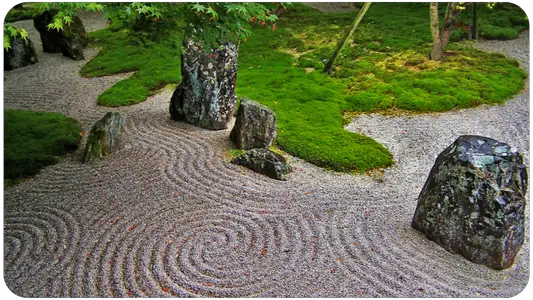In Buddhism, arhat or arahant is someone who has gained deep understanding about the true nature of existence, who has attained nirvana and consequently, will not be born again.
Theravāda Buddhism regards becoming an arhat as the goal of spiritual progress.
Mahāyāna Buddhism criticizes this idea as selfish and considers the Bodhisattva as one who remains in the cycle of rebirths, to work for the good of other people. This divergence of opinion is one of the fundamental differences between the Theravāda and the Mahāyāna.
Contrary to Mahayana accusations, the doctrine of Theravāda Buddhism holds that arahants are also concerned with the enlightenment of others and that they arise in the world for the welfare of other beings.
Bahujanahita Sutta: "Moreover, monks, behold, there is the disciple of that Master, an Arahant, whose defilements have been destroyed. He teaches the Dhamma that is pleasant in the beginning, pleasant in the middle and pleasant at the end, with the right meaning and expressions, and proclaims the holy life in its realization and complete purity.
This is, monks, the second person who appears in the world for the welfare of many people, for the happiness of many people, for compassion for the world, for the good, welfare of devas and human beings."
Etymology
The Sanskrit word arhat (Pāḷi arahant) is the present participle of the verbal root √arh meaning to deserve.
A common folk etymology derives the word from ari (enemy) and hanta from the root √han, to strike, to kill; hence the translation "destroyer of enemies."
Professor Richard Gombrich has argued that the present participle is "discordant" and seems out of place when there is an adjective from the same root (arha).
Because the Jains used two practical forms of the word arahanta and arihanta, the folk etymology may well be the correct etymology. Gombrich argues that this derives from the same metaphor as the Jain title jina, "conqueror," which originates from jaina, "related to the emperor," see Jainism.
Translations
The term arhat was phonetically translated into some East Asian languages as a transliterated term, exemplified in Chinese āluóhàn (Ch. 阿羅漢), often shortened to simply luóhàn (Ch. 羅漢). This usually appears in English as luohan or lohan. In Japanese the pronunciation of the same Chinese characters (Ja. 阿羅漢) is rakan or arakan.
Achievements
In the early Buddhist schools there existed a variety of views on the attainment of arhats. The Sarvāstivāda, Kāśyapīya, Mahāsāṃghika, Ekavyāvahārika, Lokottaravāda, Bahuśrutīya, Prajñaptivāda, and Caitika schools regarded the arhats as imperfect in their attainments compared to the buddhas.
The Dharmaguptaka way believed that "Buddha and those of the Two Vehicles, though having one and the same liberation, had followed different noble paths. "
The Mahīśāsaka and the Theravada considered arhats and buddhas similar to each other. The fifth-century Theravada commentator Budaghosa considered the arhats to have completed the path of enlightenment. According to Bhikkhy Bodhi, the Pāli Canon portrays the Buddha as declaring himself to be an arahant.
According to Bhikkhu Bodhi, nirvāṇa is the "ultimate goal" and someone who has attained nirvana has attained the state of arahant. Bhikkhu Bodhi writes: "The mark that characterizes an arahant is the attainment of nirvāṇa in this life. "
The Mayahana differentiates a hierarchy of attainments, with the samyaksambudas at the top, below them the mahāsattvas, the pratyekabuddhas below, and the arhats still lower.
"But what was it that differentiated a bodhisattva from a sravaka, and finally a buddha from an arhat? The difference lay, more than in anything else, in the bodhisattva's altruistic orientation."
According to an ancient text, the Sambuddha Sutta, the liberation of the Buddha and the Arahants is identical. The difference is only temporal: Buddha came first, the Arahants later.
The 18 Arhats
The Eighteen Arhats (or Luohan) (Chinese :十八羅漢; pinyin : Shíbā Luóhàn ; Wade-Giles : Shih-pa Lo-han) are represented in Chinese Buddhism as the original followers of Gautama Buddha who have followed the noble eightfold path and attained the four stages of nirvāna.





